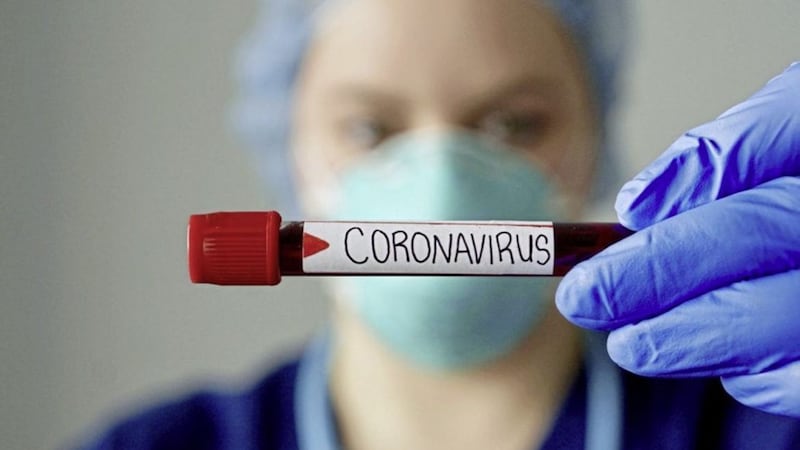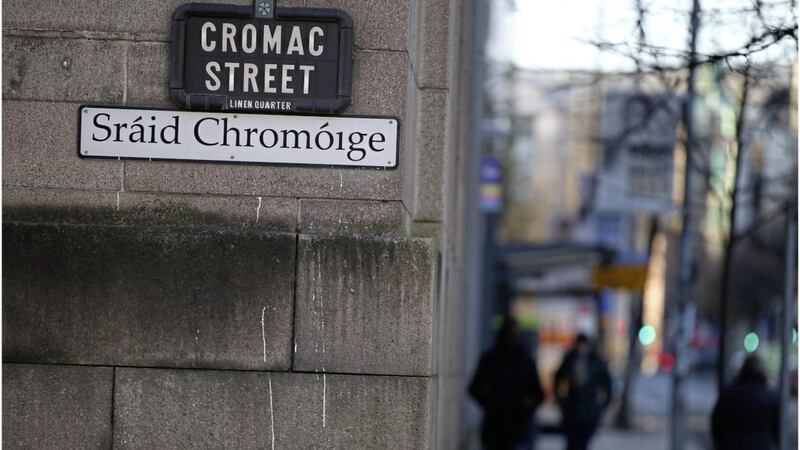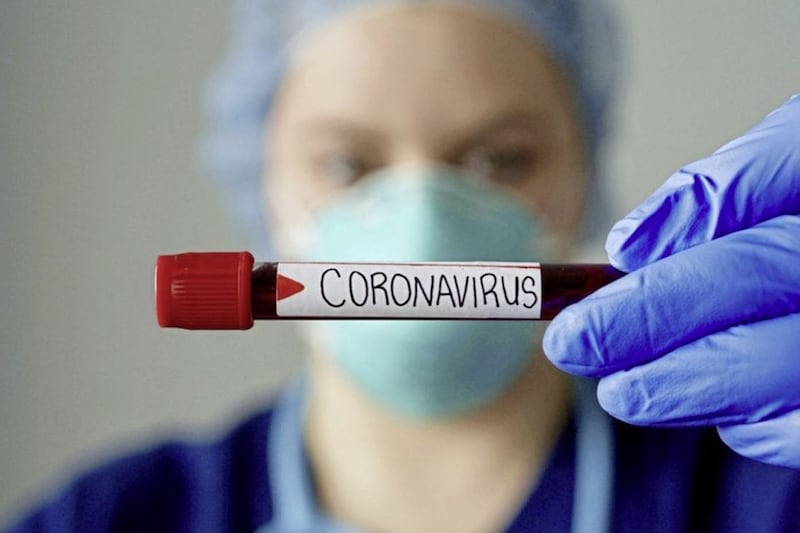A public health expert has accused the Department of Health of "keeping people in the dark" over the main sources of coronavirus transmission in Northern Ireland.
Professsor Gabriel Scally said the lack of transparency was "disturbing" after the department told The Irish News it plans to publish a "more detailed breakdown of infection sources" - but that it will be in "the near future".
It comes a week after Chief Medical Officer Dr Michael McBride said that in 21 per cent of positive cases, "the person has been in a bar or restaurant 48 hours before becoming symptomatic".
When asked to give details on other cases, the department was unable to do so.
A spokeswoman added: “It should be stressed that the ability to pinpoint infection sources becomes increasingly more difficult as community transmission levels rise."
Professor Gabriel Scally last night said the lack of disclosure suggested major shortcomings in the north's contact tracing service run by the Public Health Agency (PHA).
Concerns have also been raised about the service’s effectiveness after PHA data showed more than 4,000 people who tested positive this month were not “reached”.
It is understood the "21 per cent" link to the hospitality sector is based on test and trace data.
"This data is available to the Department of Health but they have not been publishing it," Prof Scally said.
Similar data on where health officials believe community transmission has taken place is available in England.
Prof Scally, the Belfast-born president of epidemiology and public health at the Royal Society of Medicine, said the "lack of transparency about location of transmission and sources of outbreaks is disturbing".
"Either they simply wish to keep people in the dark, or the data is very poor due to poor performance of the test and trace systems - either way secrecy is not acceptable.
"Keeping people in the dark feeds distrust and non-compliance at a time when trust and compliance have never been more important."
Last week The Irish News reported that in the seven days before October 6, only 56 per cent of 4,128 positive cases were "reached" by the PHA after being transferred to its service - with only two close contacts per reached case also followed up.
On October 9, the service switched to a primarily online one, allowing text messages to be sent to those who have been in close contact with someone who has tested positive. (Prior to that call handlers rang every contact).
There was a slight improvement for the week ending October 15 when 4,195 (62 per cent) of the 6,753 cases were reached.
By comparison, the heavily-criticised English track and system contacted almost more than three-quarters of the 87,918 positive cases transferred to its service in the week ending October 7.
In an interview with The Irish News last week, a PHA medic defended the service which he said had been overwhelmed in recent weeks as staff were attempting to message more than 5,000 people a day.
Dr Gerry Waldron said: "Is it working as well as it possibly can under the current circumstances? The answer in my opinion... it certainly is."
He added: “I suppose we could be devoting some of our resources to giving more information or publishing more information but when you’re dealing with a thousand cases a day your priority is to break the chain of transmission."
Chief Medical Officer Dr Michael McBride also said that while he accepted improvements could be made, contract tracing was not the "magic bullet".
"It's a fallacy to believe that a super-duper contract tracing service will ensure we can all resume life as normal, that we can hunt down every case and every potential contact and break chains of transmission. That is just not possible," he told a media briefing.
"Contact tracing is a very important tool in figting Covid-19... but contact tracing on its own will not do it.








